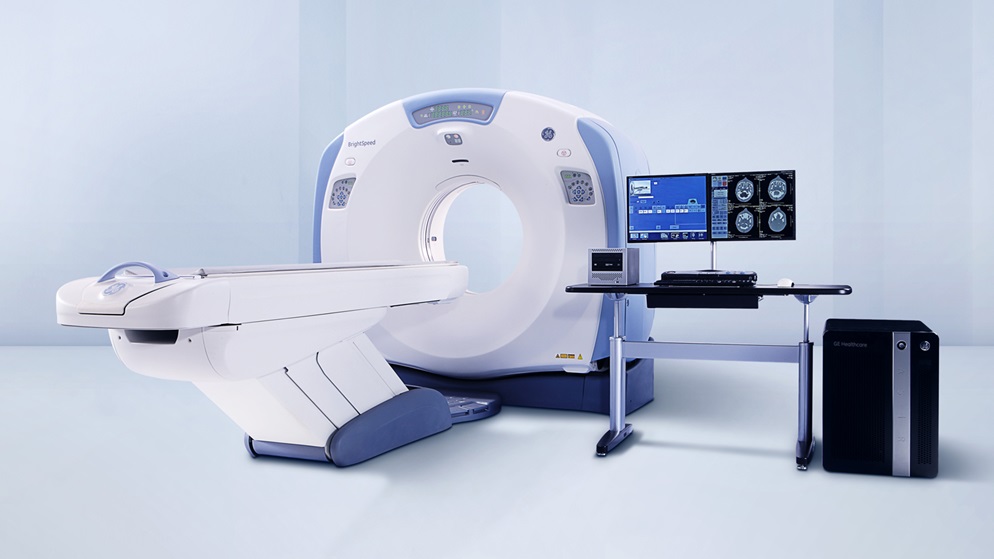
Modality Performed Procedure Step: Reliable feedback from your diagnostic equipment
Posted on August 22, 2019

Along with Modality Worklist, which enables your information system to send study inquiries to diagnostic equipment, you can use one more DICOM tool, Modality Performed Procedure Step (also known as MPPS). Conversely to Modality Worklist, it enables your machines to send feedback to your RIS, HIS, PACS or another system (for example, you may use an integrated IT solution which combines all these tools). Like many other DICOM tools, it is an optional feature, so you might need to pay extra for it. Today, we will talk about the features of Modality Performed Procedure Step, the basic principles of its function and the benefits it offers.
What is it for? When you order imaging studies, you might be concerned about the timeliness and quality of the scheduled examinations. Everything must go smoothly, without equipment failures or technologist mistakes.
If something has gone wrong, you will be probably notified that the study hasn’t been performed instead of receiving the images. Moreover, you will discover that at the last moment, when you expect the study to be completed. As a result, you become unable to make any adjustments to the schedule and lose revenues.
MPPS eliminates these issues; so, if you haven’t implemented it yet, your business may run into a bottleneck even at the initial workflow stages.
How it works. Having received an order from Modality Worklist, the diagnostic unit starts sending messages to the DICOM server connected to your information system. The system generates messages automatically (except for patient demographics, which is in most cases copied from the worklist). Particularly, these messages can tell you about:
- The incoming order. Besides data retrieved from Modality Worklist, you will know the study accession number.
- The actual performed study, which sometimes differs from what was scheduled initially. For instance, the technologist may have chosen a different protocol for the examination or decided to take an additional set of images.
- Procedure status information. The diagnostic machine sends a status message to the server when the study is started, completed, paused or canceled (along with the cancellation reason). As for the cancellation reasons, DICOM has standardized many of them, so the fault management becomes much more efficient.
- The technologist’s name, radiation dose, modality hardware condition, and even billing and insurance information.
Performance of this intelligent feature is based on the connection between your equipment and DICOM server; therefore, it requires proper configuration.
What benefits does it offer? You get several considerable advantages at the study performance stage. Among them are:
- Minimized turnaround time. Reporting starts as soon as the machine acquires the order information. The system creates all messages automatically and therefore saves your technologists’ time and increases their productivity.
It helps you to track the exact time needed for the studies and thus to schedule more efficiently. The diagnostic unit immediately informs you about any issues with the studies, which allows you to troubleshoot as quickly as possible.
- Information accuracy. MPPS eliminates human error. A technologist doesn’t need to report on the examination status since it is done by the equipment. Besides, the machine tells you about the studies which have been actually performed (as we have already mentioned, they may differ from the scheduled examinations).
Together with Modality Worklist, Modality Performed Procedure Step ensures a reliable intercommunication between your information system and diagnostic equipment.